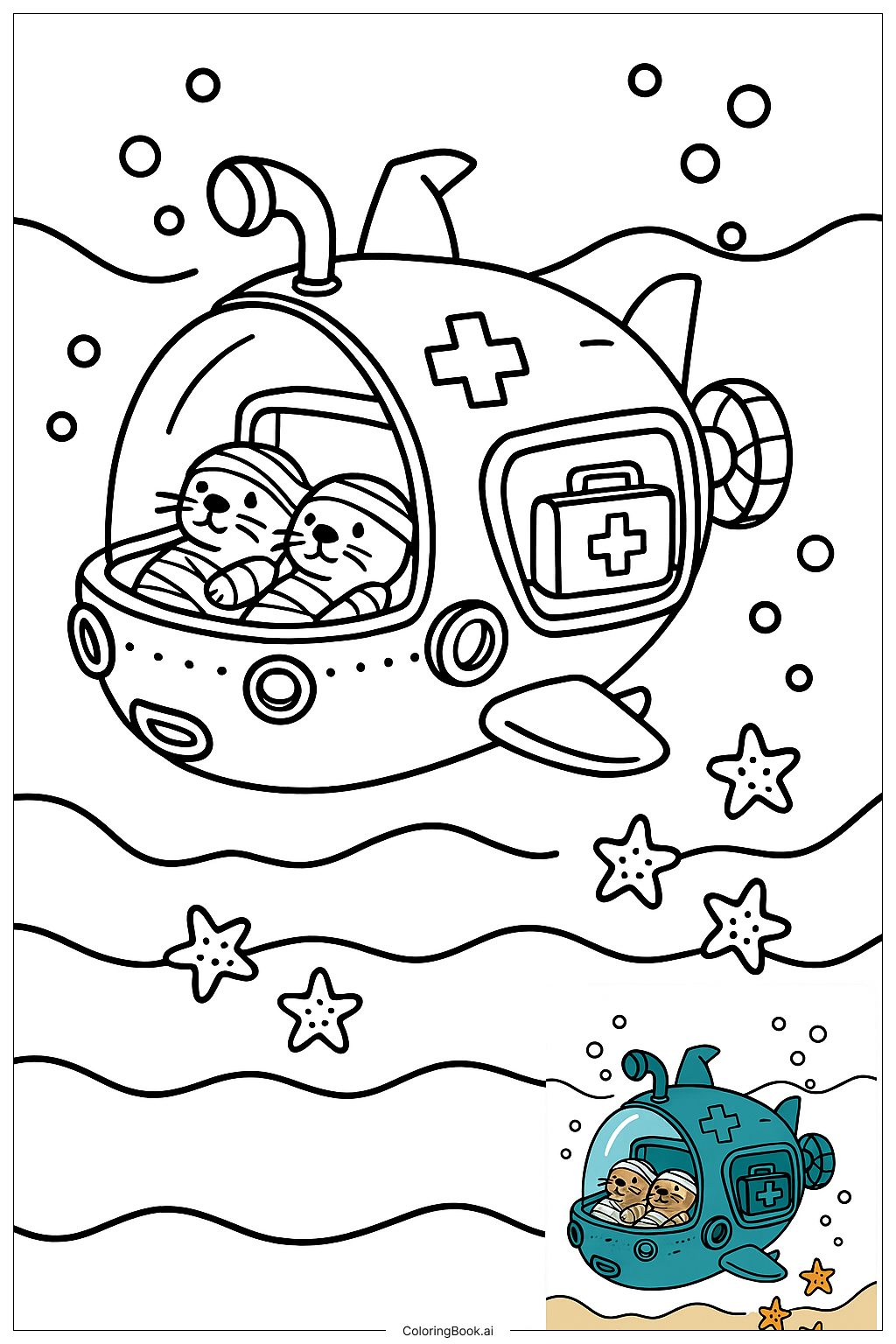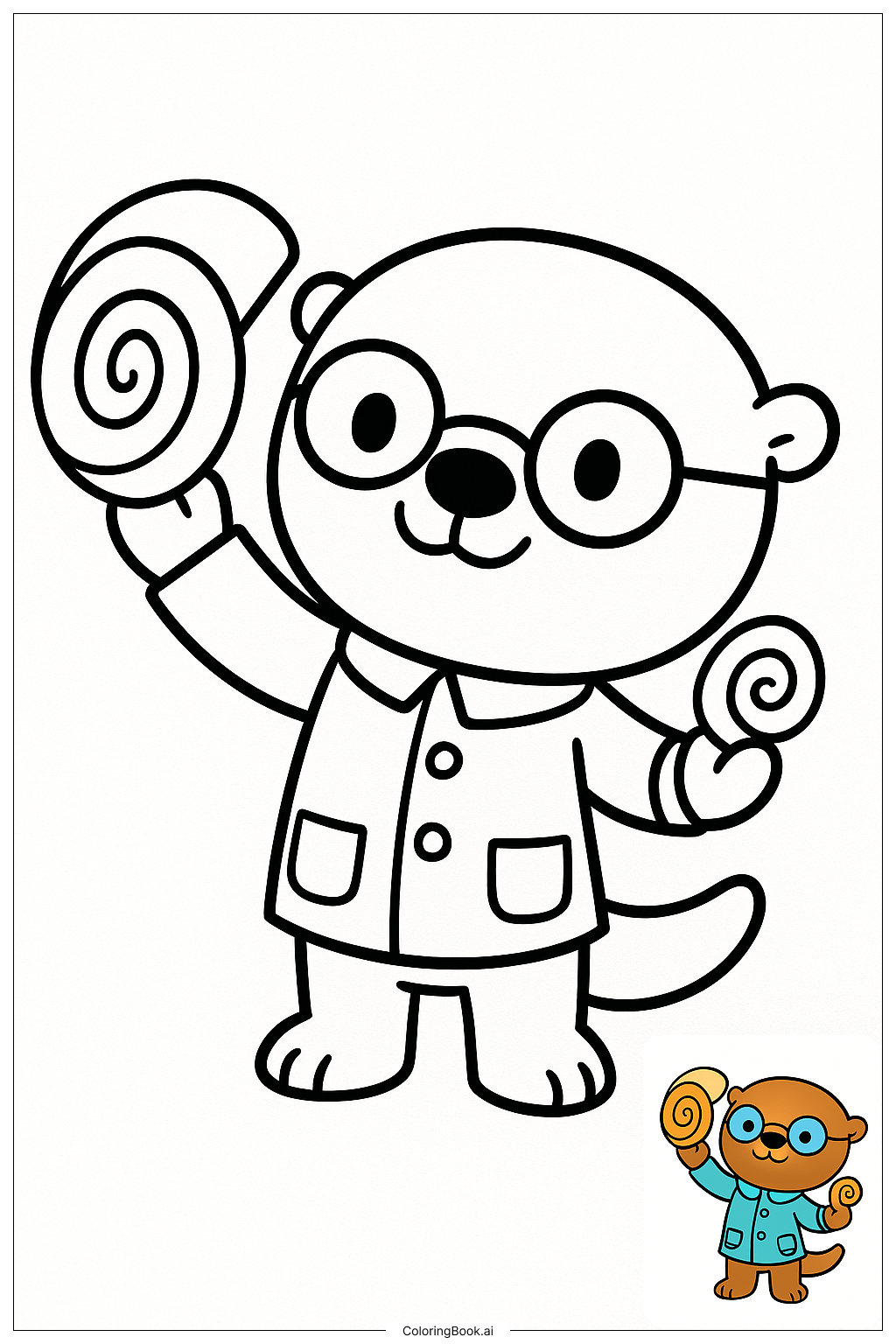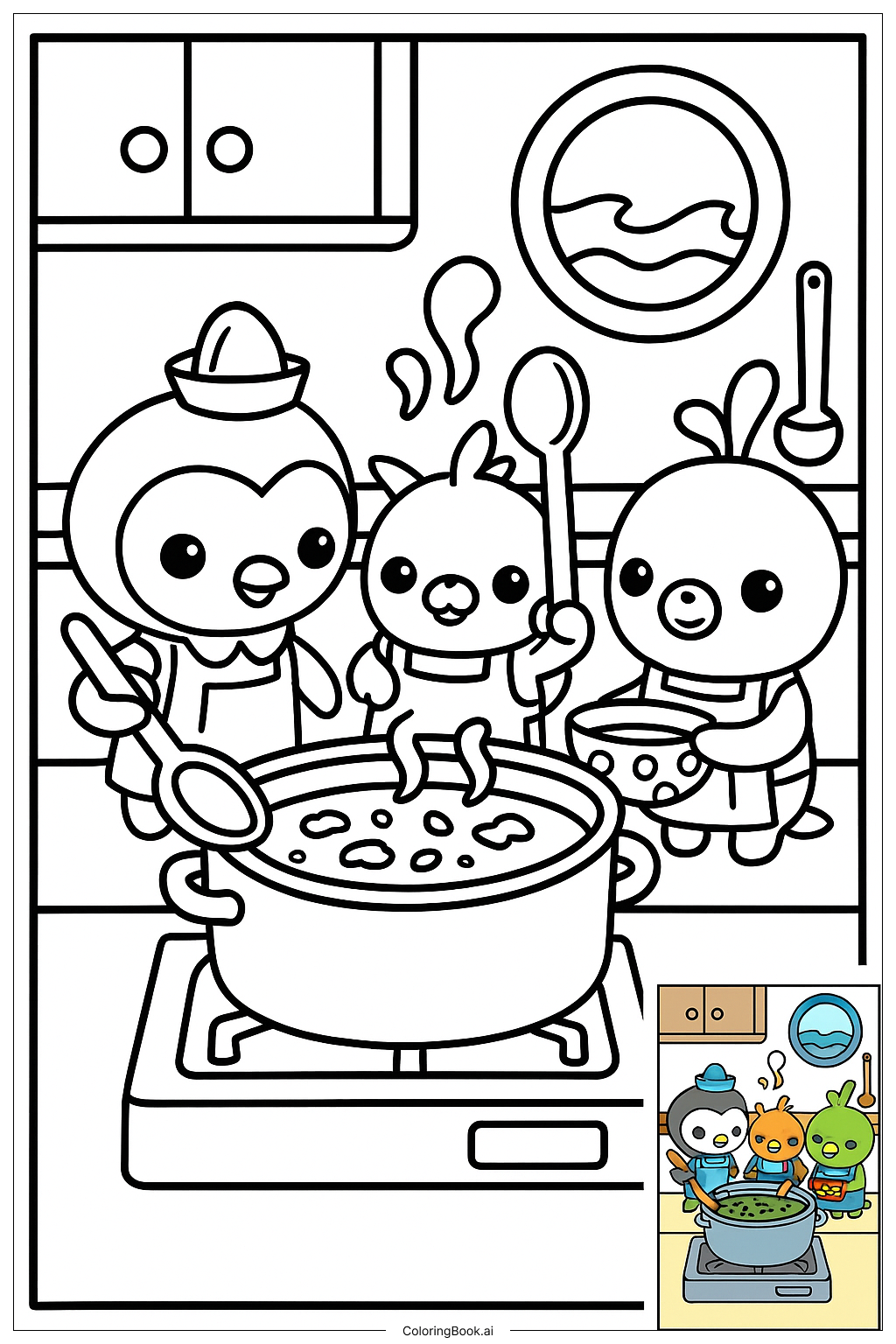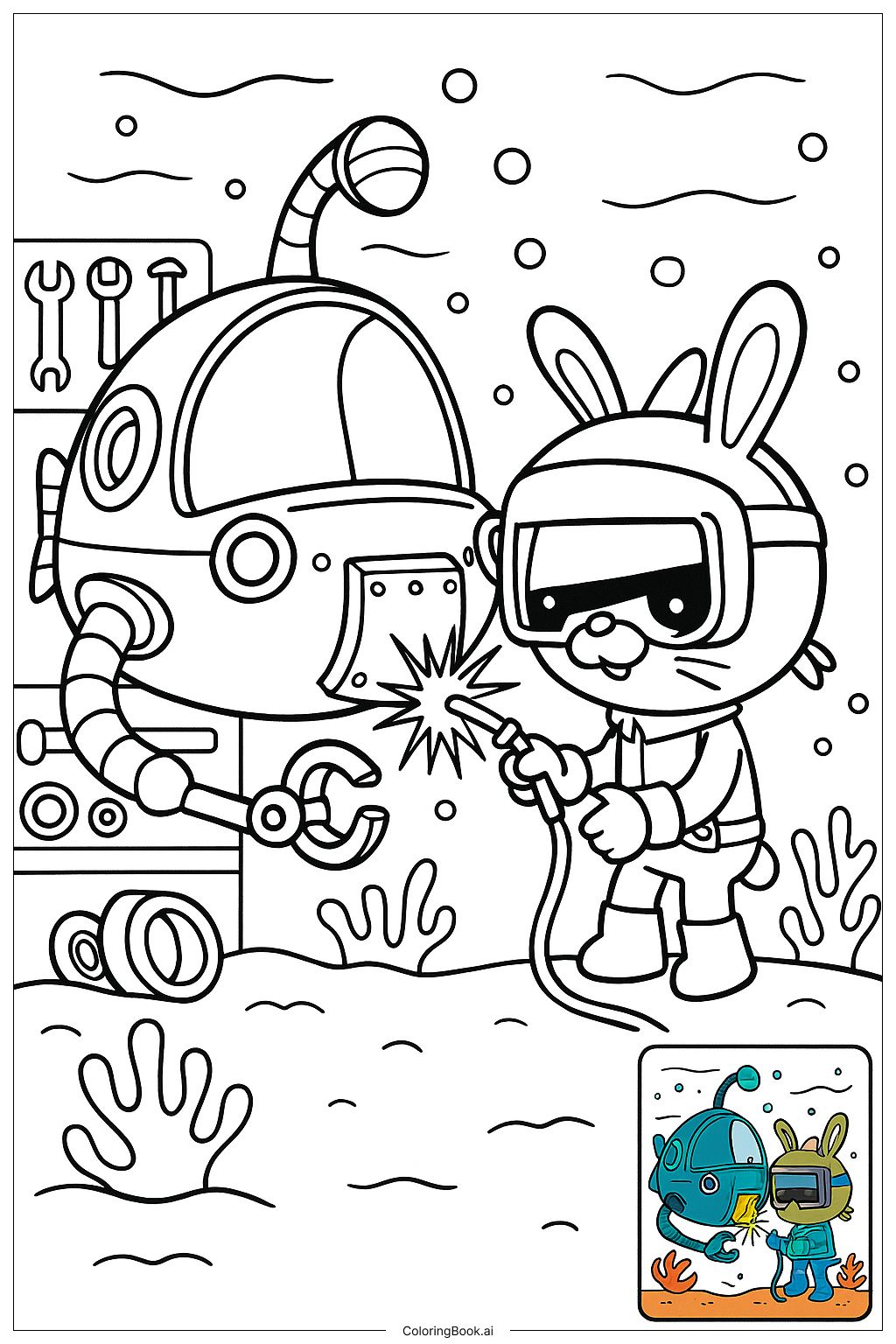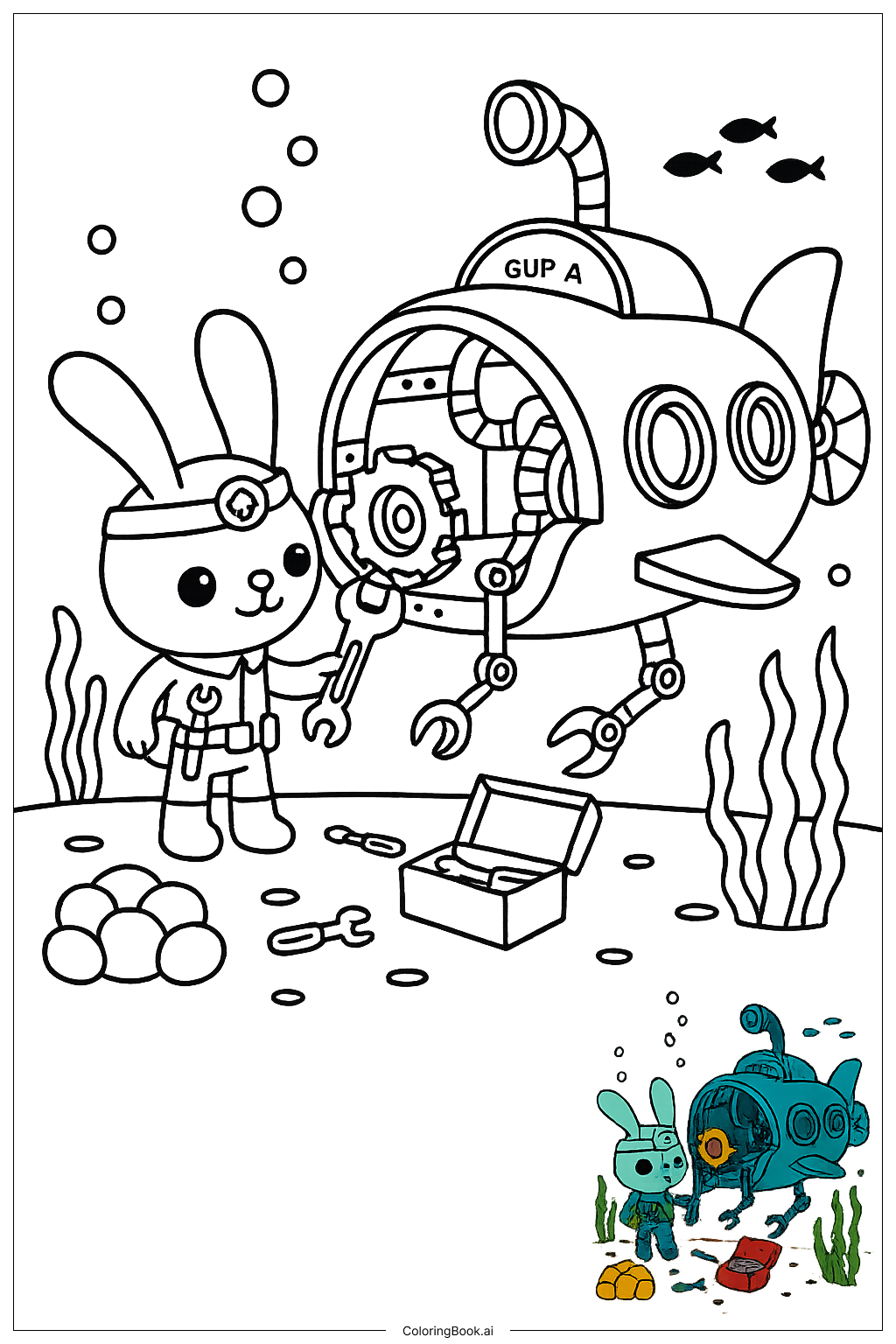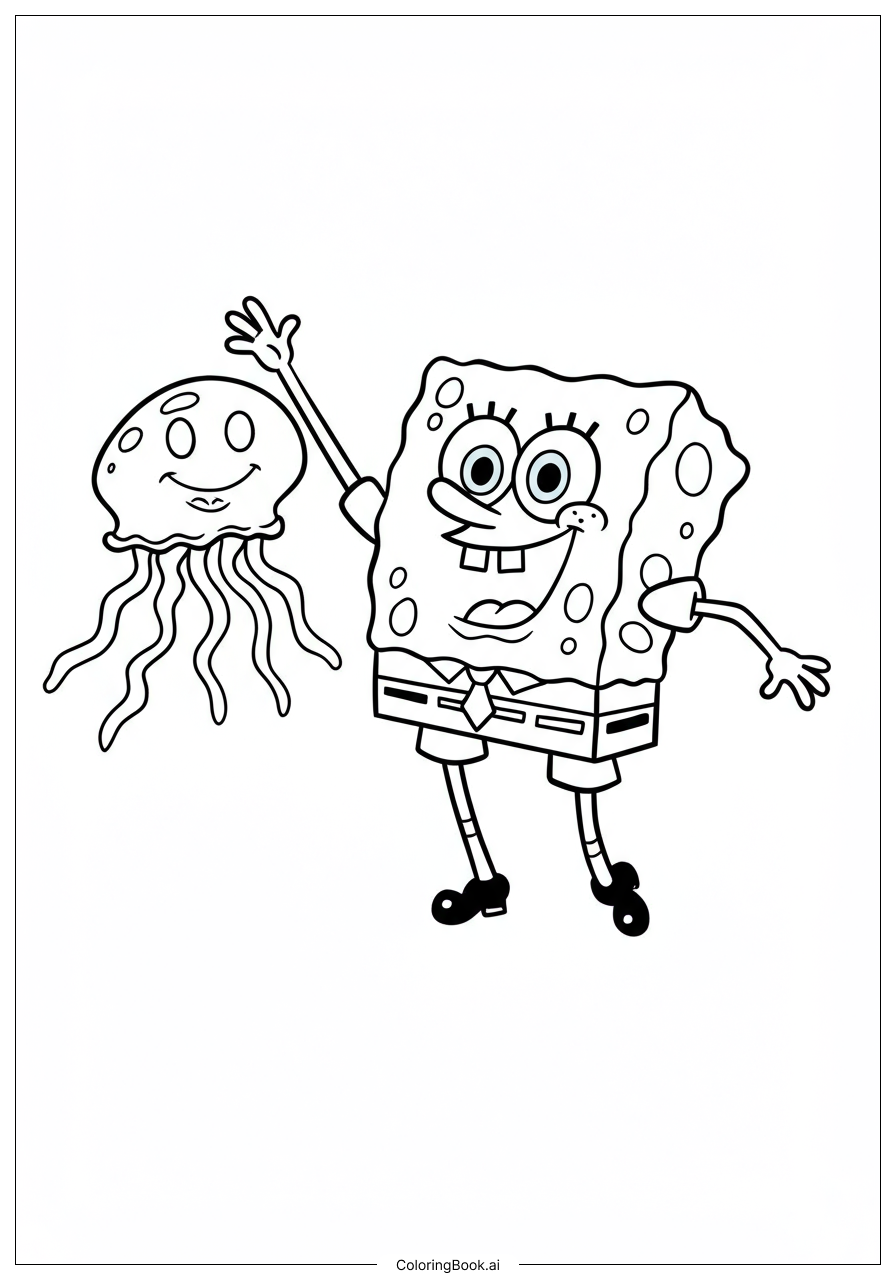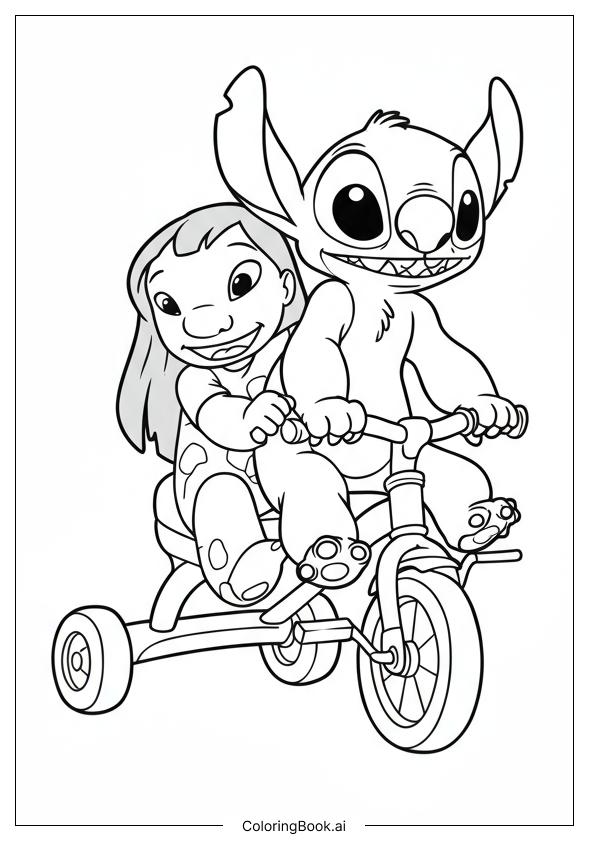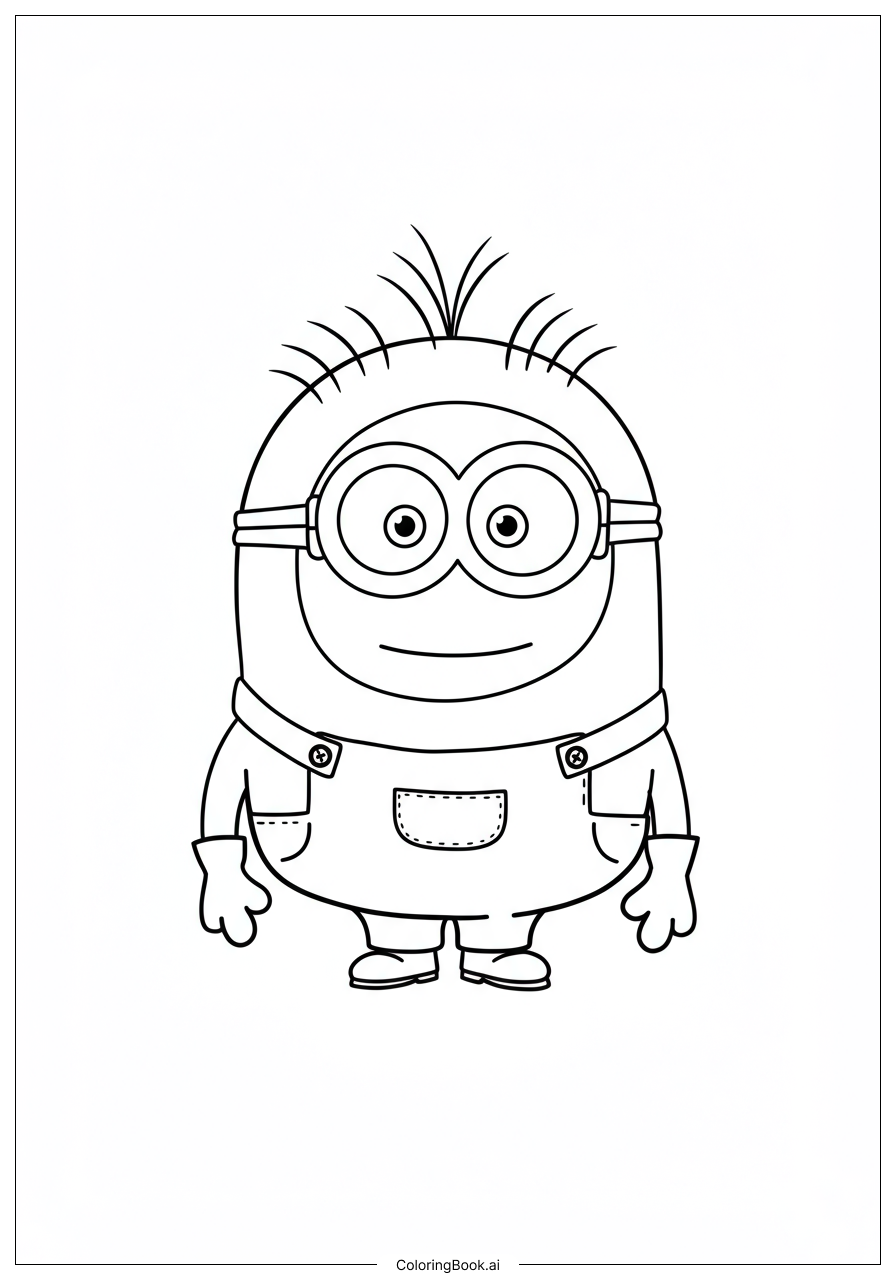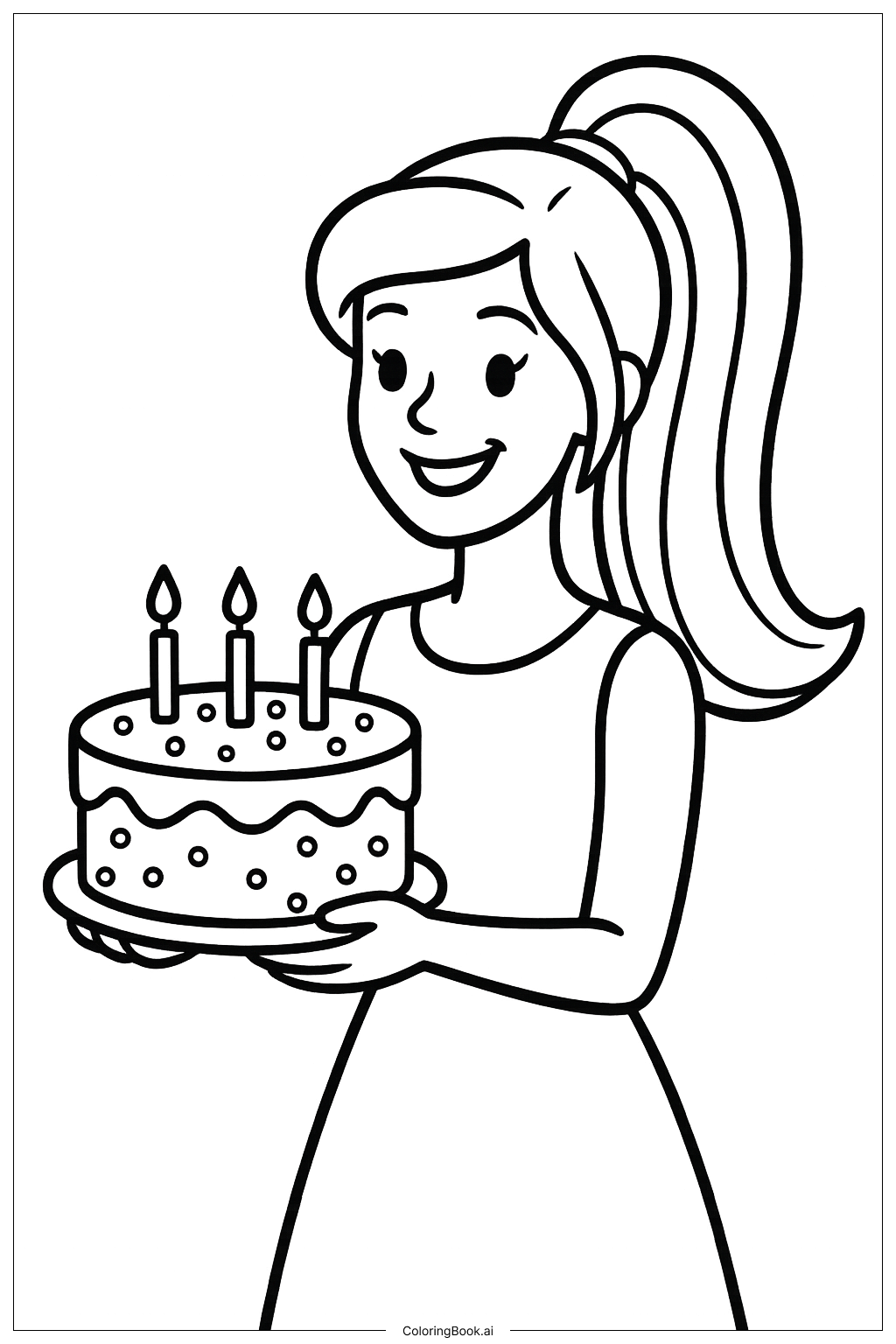Coloring tips: How to color GUP-C Transporting Injured Sea Otters coloring page well?
For coloring the GUP-C, you might choose a vibrant blue or teal for the submarine itself. The medical kit can be colored in bright red with a white cross to symbolize first aid. The otters could be colored in soft browns or grays, with their bandages in white. Use light blue or turquoise tones for the water waves, and create fun contrasts with bright yellow or pink for the stars. This is a great opportunity to experiment with shades and make the underwater world lively!
Coloring challenges: Which parts are difficult to color and need attention for GUP-C Transporting Injured Sea Otters coloring page?
1. Coloring the submarine: The GUP-C has various parts, making it challenging to choose different colors and shades. Be sure to keep each section distinct for a clearer look.
2. Coloring the otters: The otters are small and have detailed features, which can be tricky. Kids need to color carefully to maintain their cute expressions and bandages.
3. Blending colors: Kids might want to blend colors in the water to create a smooth transition, which requires practice and patience.
4. Starfish details: The shapes of the starfish may be complex, making it hard to color inside the lines. Precision is needed here.
Benefits of coloring books: Advantages of drawing GUP-C Transporting Injured Sea Otters coloring page
Coloring this page can enhance creativity and imagination as children envision their own underwater adventures. It helps improve fine motor skills and hand-eye coordination as they work on detailed areas, like the otters and submarine. Additionally, it's a relaxing activity that can reduce stress and anxiety. By choosing different colors, kids learn about color theory and how colors relate to each other. Finally, completing a coloring page offers a sense of achievement and boosts confidence.
